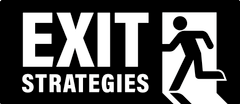Collage by Hunter French | Images via Getty
An end-of-the-year series about ditching what isn't working anymore, especially generalized approaches to "self-improvement."
Advertisement
Advertisement
Advertisement
Advertisement
Advertisement
Advertisement
